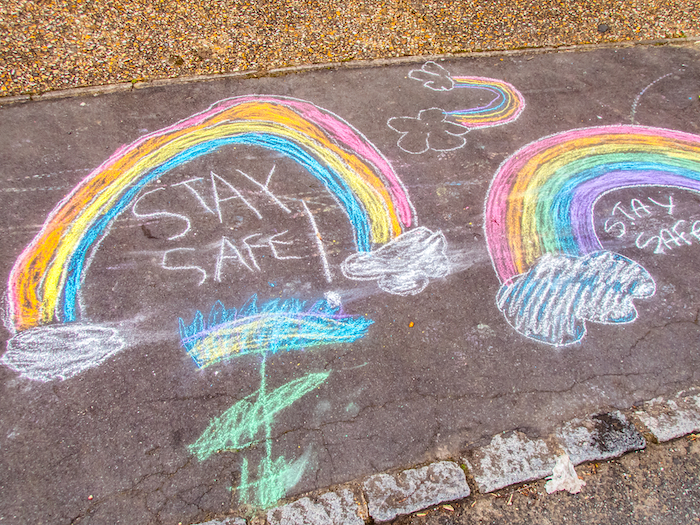Teaching children about potential dangers should begin at an early age. It is crucial to strike a balance between providing them with necessary information and avoiding overwhelming or frightening them. Here are some key areas to focus on:
Online Safety:
The internet offers countless educational and entertaining resources, but it also exposes children to various risks. Cyberbullying, online predators, and inappropriate content are just a few examples. Children need to understand the importance of privacy, the dangers of sharing personal information online, and the potential consequences of engaging in risky online behavior. Encourage positive online habits such as using strong and unique passwords, only interacting with known individuals, and reporting any suspicious or harmful content.
Stranger Danger:
Children must be aware of the potential dangers when interacting with strangers. Teach them never to talk to strangers or accept anything from them without prior permission from a trusted adult. Role-playing scenarios can help them practice how to respond if a stranger approaches them, emphasizing the importance of not going with strangers or giving out personal information. It is essential to reinforce that strangers may not always look or act suspicious, so children should prioritize their safety above being polite or helpful.
Safety at Home:
Educate children about safety measures within their own home. Teach them how to use emergency numbers and the importance of dialing these numbers in case of an emergency. Make sure they are familiar with fire escape routes, understand the risks of playing with fire or electrical outlets, and know how to handle potential hazards like knives or cleaning chemicals. Establish clear rules regarding visitors and let children know that they should never open the door to someone they don’t know.
Bullying Awareness:
Bullying can have severe and long-lasting effects on children’s mental and emotional well-being. Help children understand what constitutes bullying, such as verbal or physical aggression, exclusion, or spreading rumors. Encourage them to be kind and inclusive and teach them to speak up if they witness or experience bullying. Building empathy in children is crucial, as it can discourage bullying behavior and create an environment where everyone feels safe and supported.
Traffic Safety:
Children should be educated about traffic safety from an early age. Teach them to always look both ways before crossing the street, to use designated crosswalks, and to avoid distractions such as headphones or phones while walking near traffic. Additionally, emphasize the importance of wearing a helmet when riding bicycles or skateboards and using proper safety equipment when engaging in sports or other physical activities.
Personal Boundaries:
Children need to understand the concept of personal boundaries and that they have the right to say no to any form of unwanted physical contact. Encourage them to speak up if they feel uncomfortable or violated. Teach them to identify safe adults or trusted individuals they can turn to for help or to share their concerns.
Open Communication:
Creating an environment of open communication and trust is crucial in keeping children safe. Encourage children to ask questions, express their concerns, and share their experiences openly. It is essential to foster an atmosphere where children feel comfortable discussing their feelings, worries, or any potential threats they may have encountered. Actively listen to their concerns and provide support, guidance, and reassurance.
By educating children about potential threats and equipping them with effective strategies to stay safe, we empower them to make informed decisions and navigate their surroundings confidently. Remember to adapt the conversation to the age and maturity level of the child, reinforcing concepts as they grow older and encounter new situations. Ultimately, our goal as adults is to create a safe and nurturing environment where children feel empowered to protect themselves and seek help when needed.


